Ontario
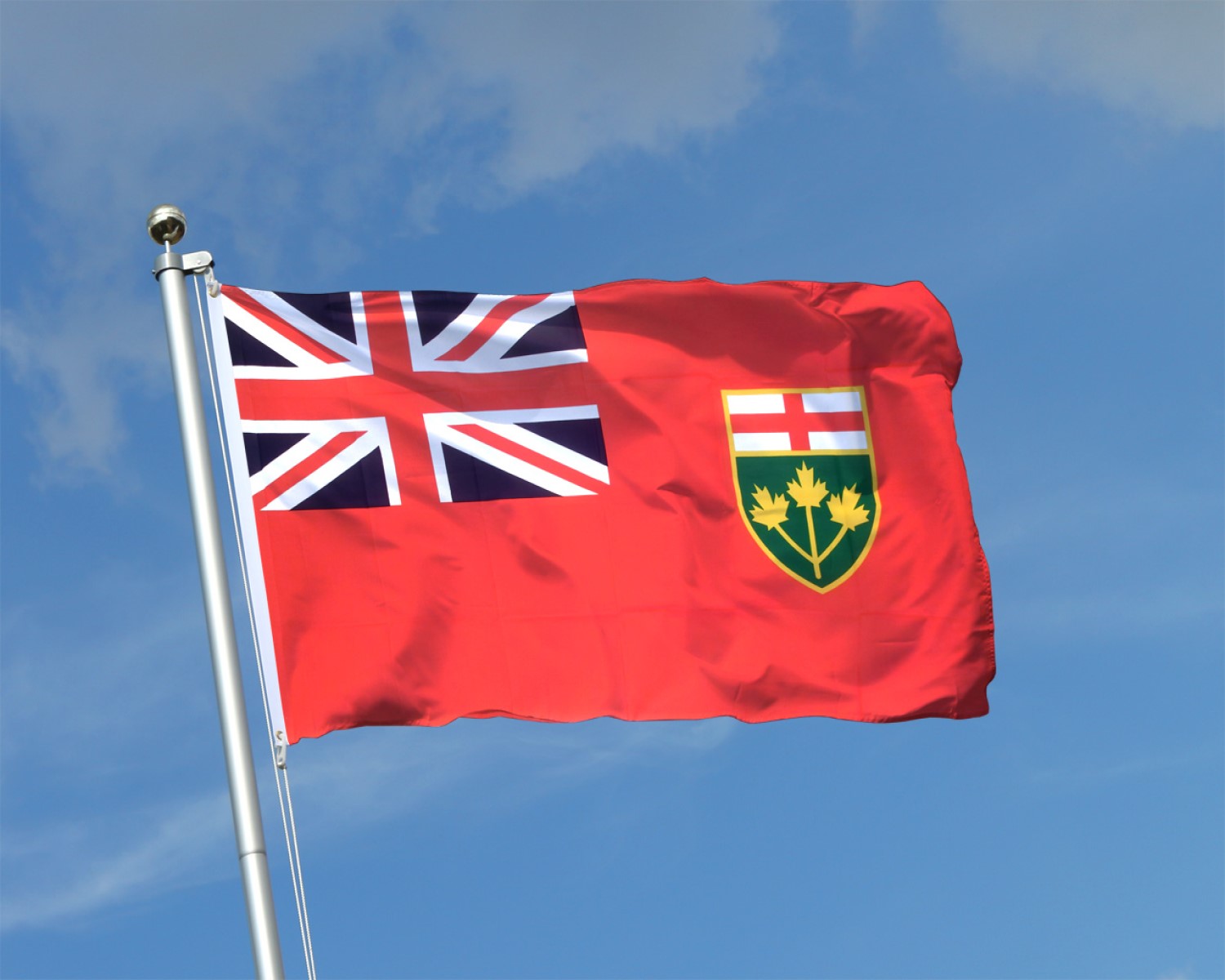
Ontario is one of the 13 Provinces and territories in Canada and is in east-central Canada. It is Canada's most populous Province accounting for 38.3 percent of the country's population and is the second-largest province in total area. It is home to the nation's capital city, Ottawa, and the nation's most populous city, Toronto which is also Ontario's provincial capital.
Click on the map to view Ontario's location.

Geography
Ontario is located in East/Central Canada. It is Canada's second largest province in total land area. Its physical features vary greatly from the Mixedwood Plains in the southeast to the boreal forests and tundra in the north. Ontario borders Manitoba to the west, Hudson Bay and James Bay to the north, Quebec to the east, and the Great Lakes and the United States to the south. There are approximately 250,000 lakes and over 100,000 kilometres (62,000 mi) of rivers in the province.
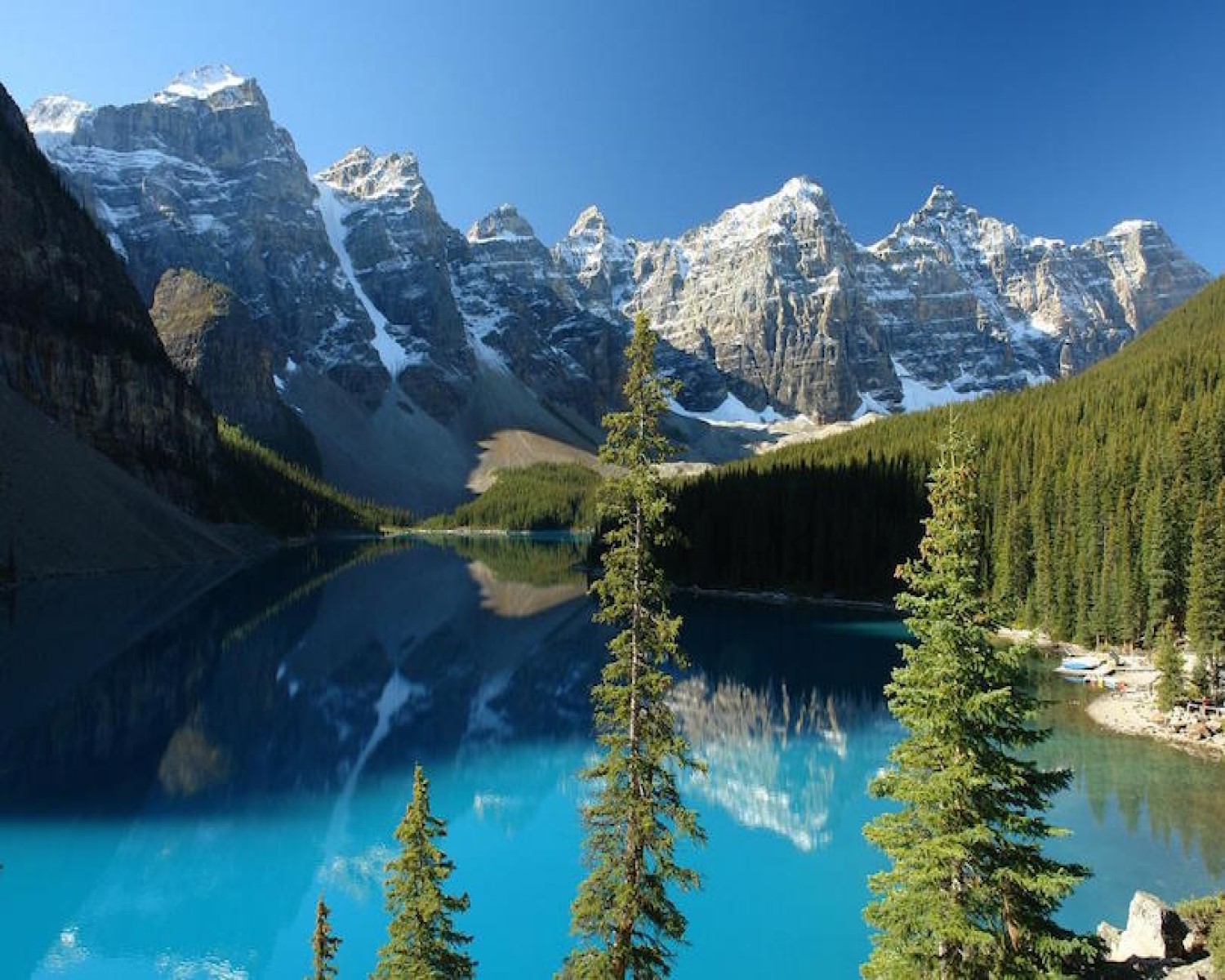
Climate
Ontario is one of the warmest regions in Canada with an average daily high temperature of 12 degrees centigrade. The climate is much more unsettled than in central Europe and offers varied seasons with deep winters and warm summers. Due to the warmer temperatures, the best time for traveling is from May to September. Nearly unattractive for tourists are the cold months from November to March.
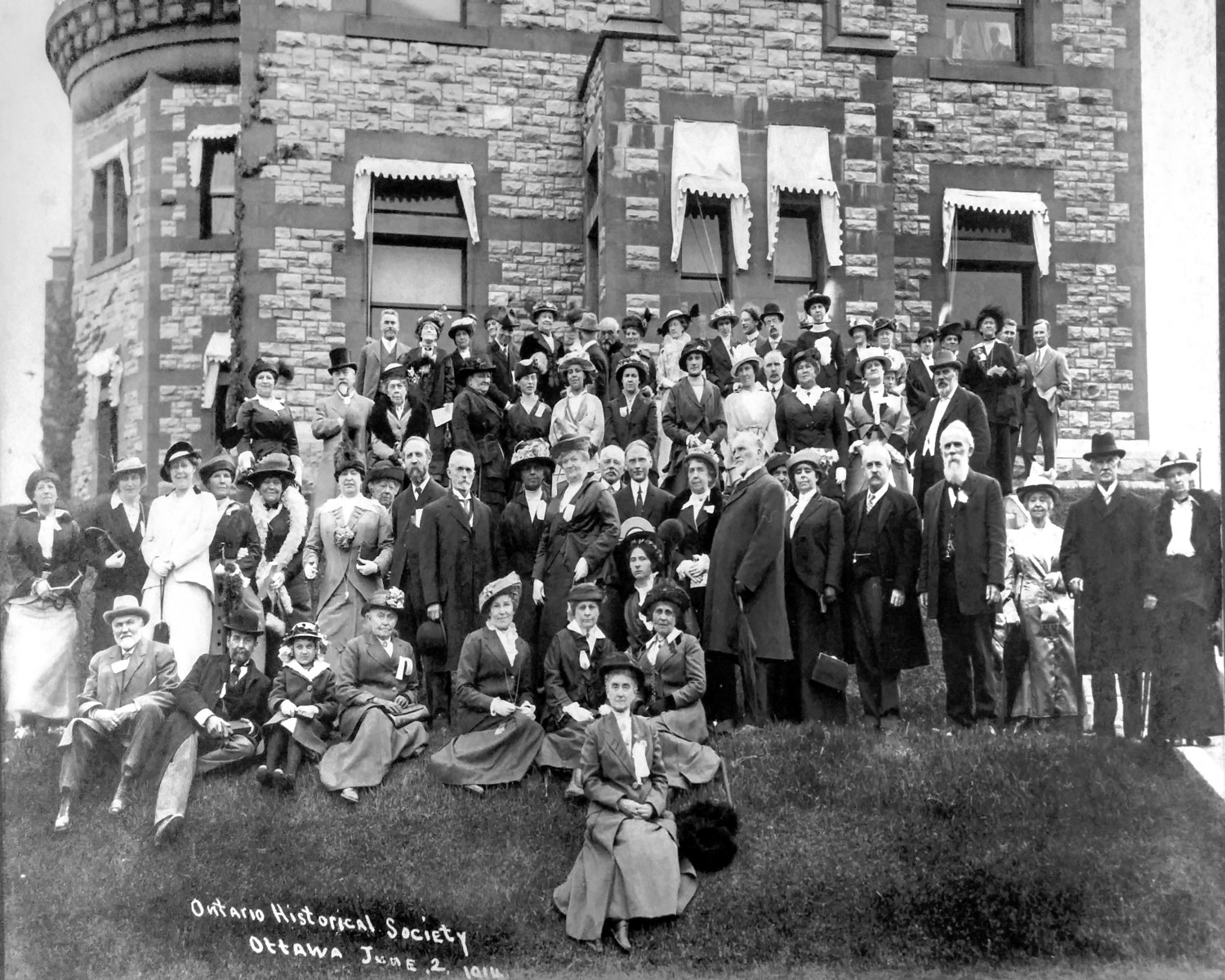
History
Ontario was one of the original four provinces to join together in Canadian confederation in 1867. The original name of the province was “Upper Canada” (whereas “Lower Canada” was located in what is today Quebec). The province’s name comes from Lake Ontario, which comes from the word for “great lake” in the Huron language. The history of Ontario has been shaped by the immigrants who arrived by boats, then trains, then planes to come and build the province from the ground up. Since even before Canada was born, immigrants have been moving to Ontario to start a new life, and all Ontarians today, other than the roughly 2% of the population who are aboriginal peoples, descend from these immigrants. As waves of people arrived from different regions of the world at different times, they have left their mark on the cultural landscape of the province.
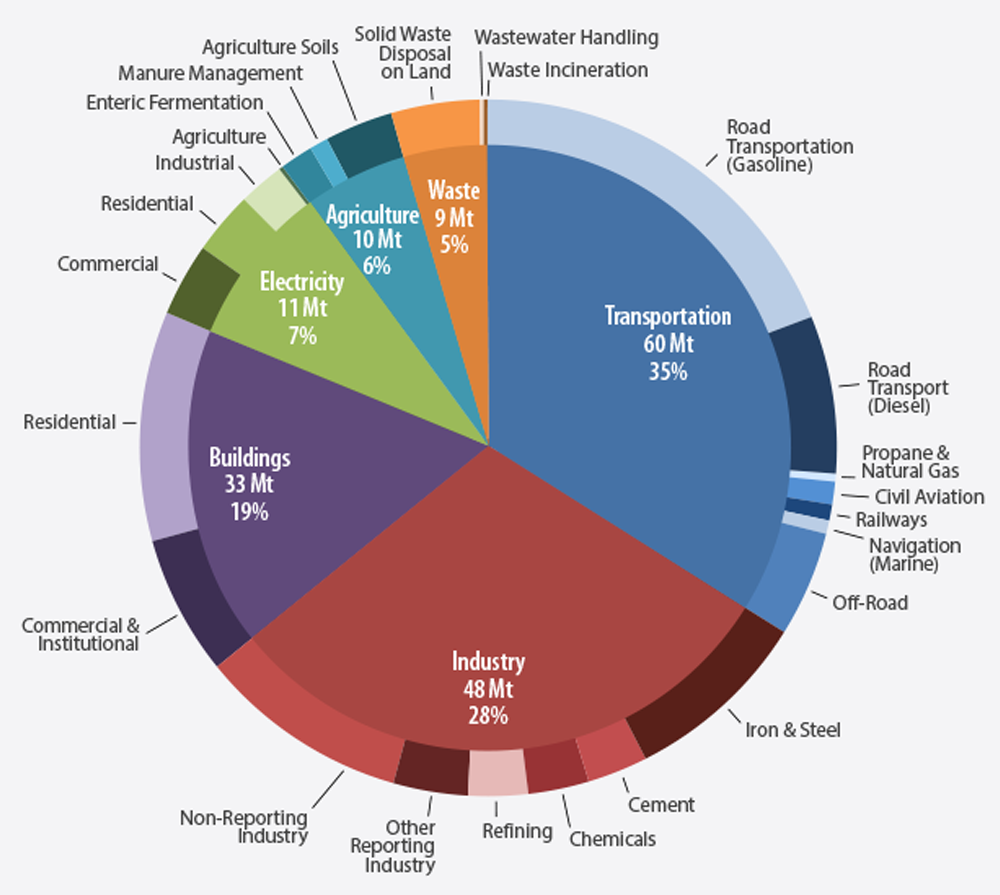
Economy
The province of Ontario is the economic heart of Canada and, as a result, all types of industries are present in the province, most notably in Toronto and other urban areas. The province is home to a strong modern service and information economy, along with a solid manufacturing base. Ontario’s main international manufacturing sector is the auto industry, where Canadian companies are among world leaders. The province also has strong natural resource-based industries. A long established mining sector includes nickel and iron mines. The province’s vast forests support a lumber, pulp and paper industry that has adapted new sustainable practices. Eco-tourism is on the rise as people look to enjoy the various recreational activities that Ontario’s natural environment has to offer. The unemployment rate in Ontario is on par with the national average and stands at 6.8%. With a diverse, thriving economy, job opportunities in Ontario span the full range of professions, from agriculture to information technology. Job creation levels in the province have been strong in recent years, and are expected to continue.
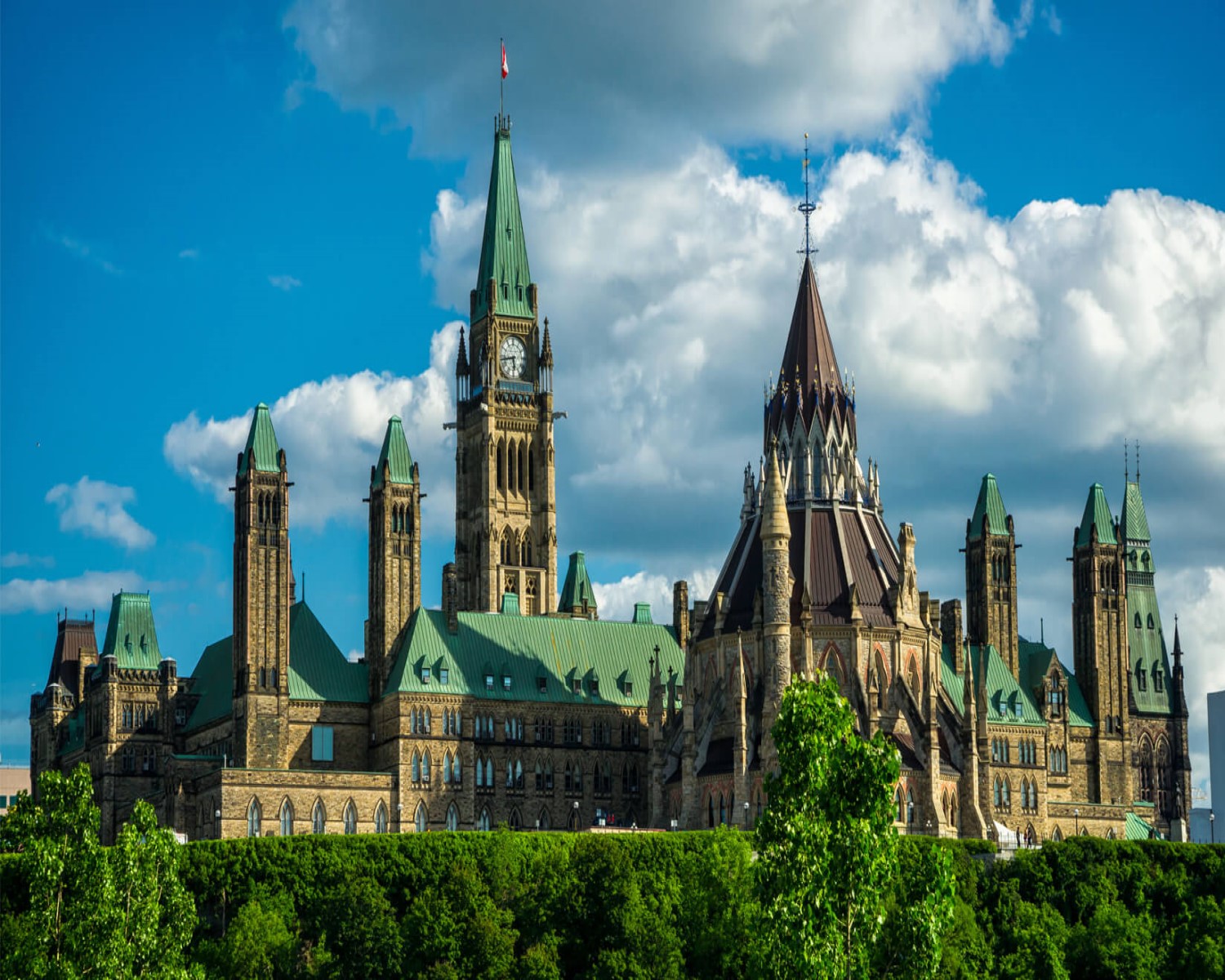
Government and Politics
The assembly currently has 124 seats representing ridings elected in a first-past-the-post system across the province. The legislative buildings at Queen's Park are the seat of government. Following the Westminster system, the leader of the party holding the most seats in the assembly is known as the "Premier and President of the Council". The 26th and current Premier of Ontario is Doug Ford of the Progressive Conservative Party of Ontario, sworn in on June 29, 2018. The Premier chooses the cabinet or Executive Council whose members are deemed ministers of the Crown.

Health Care
Under Canadian Law, all provinces and territories must provide universal, publicly-funded healthcare to all citizens and legal residents of Canada. In other words, most basic health services in Canada are offered at no direct cost to the patient. Certain procedures that are not deemed necessary (such as elective cosmetic surgery and a number of dental care procedures, for example) are generally not covered, but the list of services paid for publicly varies from province to province. Healthcare in Ontario is universally available to all residents at no cost to the individual. The Ontario Health Insurance Plan (OHIP) covers the full cost of all necessary medical services for all citizens and most permanent residents in Ontario. This coverage includes doctor examinations, medical testing, emergency care, hospital care and emergency dental care. There are currently 145 public hospital corporations across the province operating on 224 sites, Ontario also has six private hospitals, which provide certain elective procedures, and four specialty psychiatric hospitals operating on eight sites.
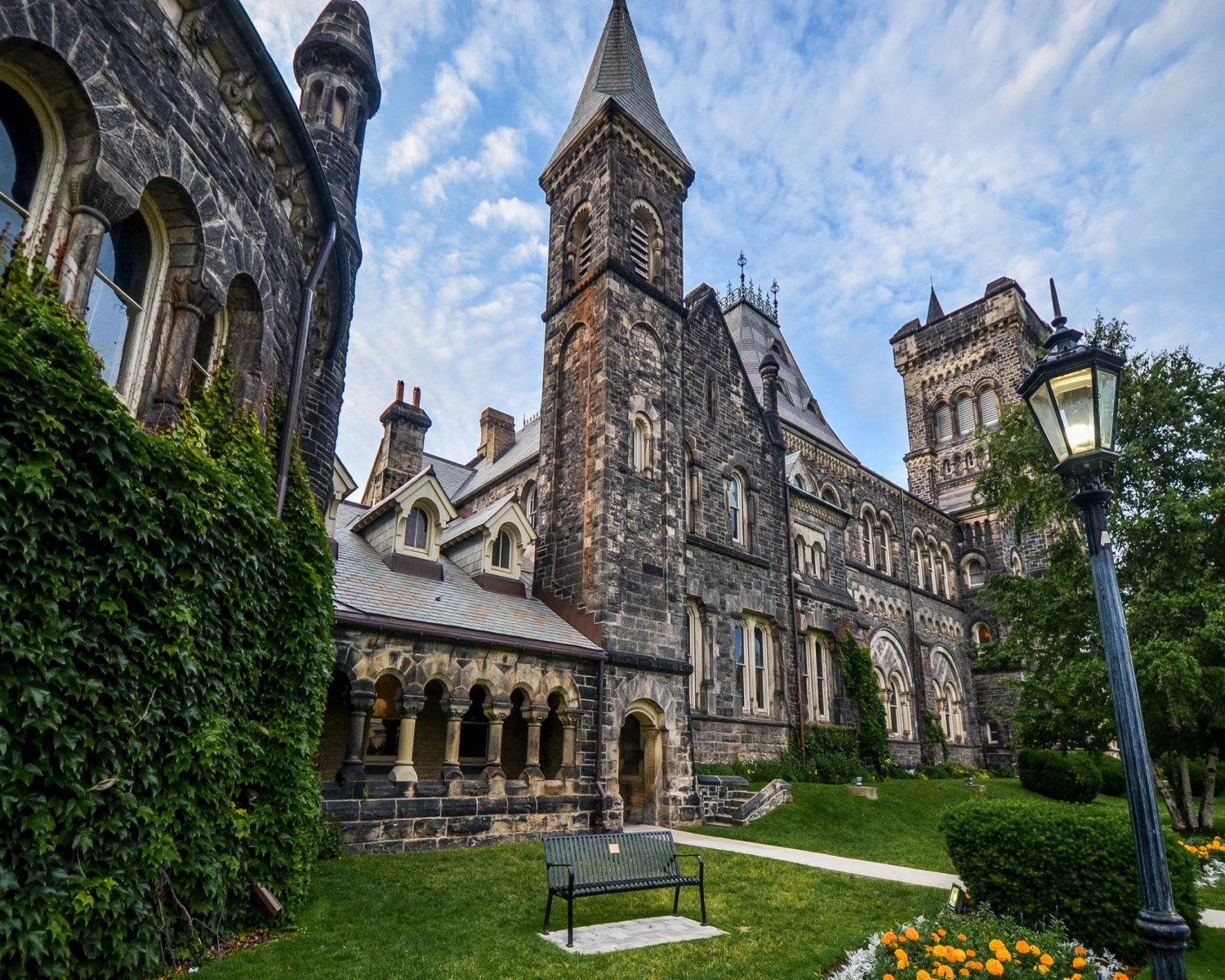
Education
Higher education in Ontario includes postsecondary education and skills training regulated by the Ministry of Training, Colleges, and Universities and provided by universities, colleges of applied arts and technology, and private career colleges. The ministry administers laws covering 22 public universities, 24 public and 3 Institutes of Technology and Advanced Learning and over 500 private career colleges. There are two central organizations that assist with the process of applying to Ontario universities and colleges: the Ontario Universities' Application Centre and Ontario College Application Service. Admission to many Ontario postsecondary institutions can be highly competitive.
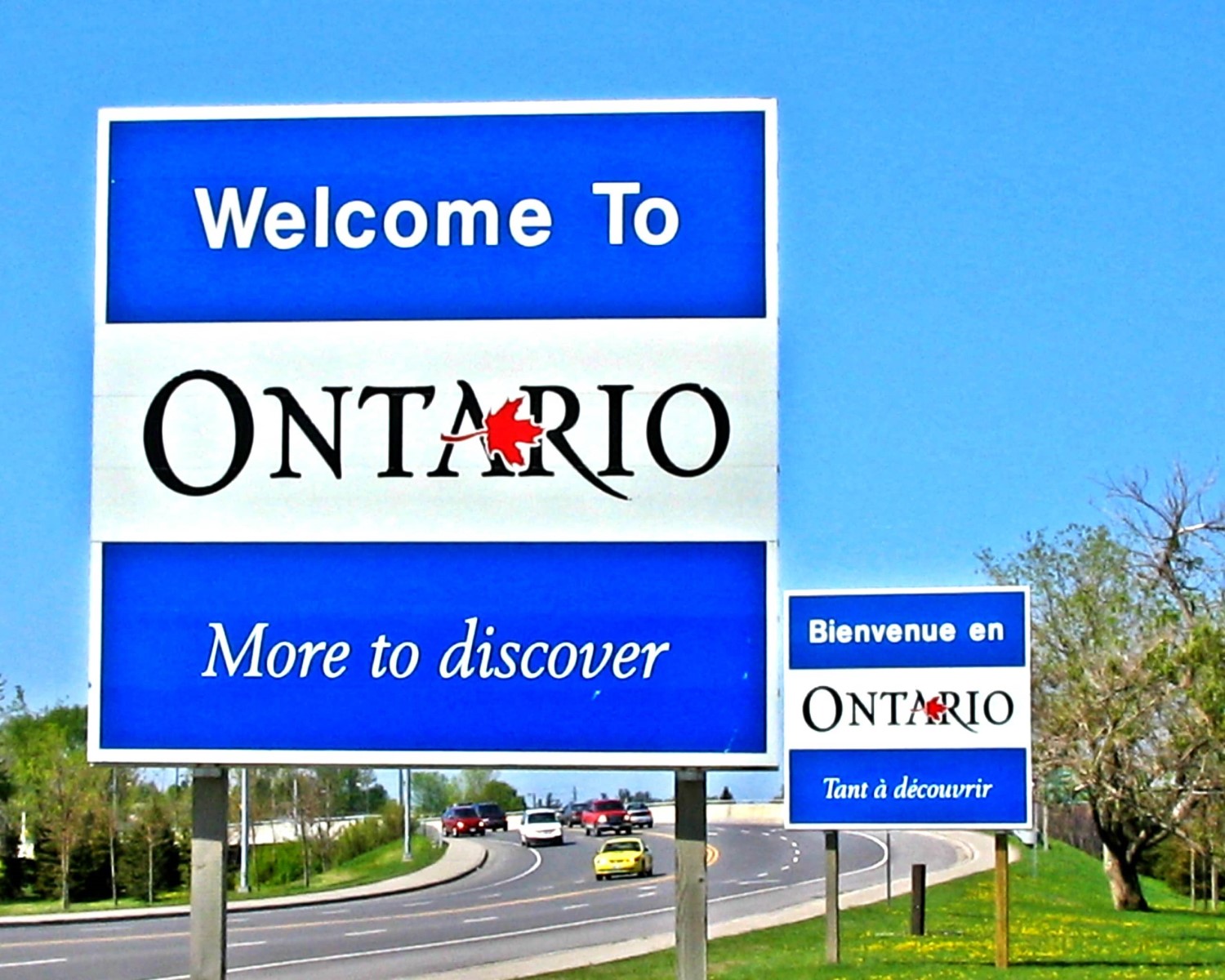
Ontario’s Provincial Nominee Program is called the Ontario Immigrant Nominee Program (OINP).
Through this program, prospective immigrants with the skills and experience targeted by the province may receive a provincial nomination from Ontario, after which they can apply for Canadian permanent residence with the Government of Canada.
The OINP accepts applications under the following immigration categories:
- Human Capital Category
- Employer Job Offer Category
- Business Category

